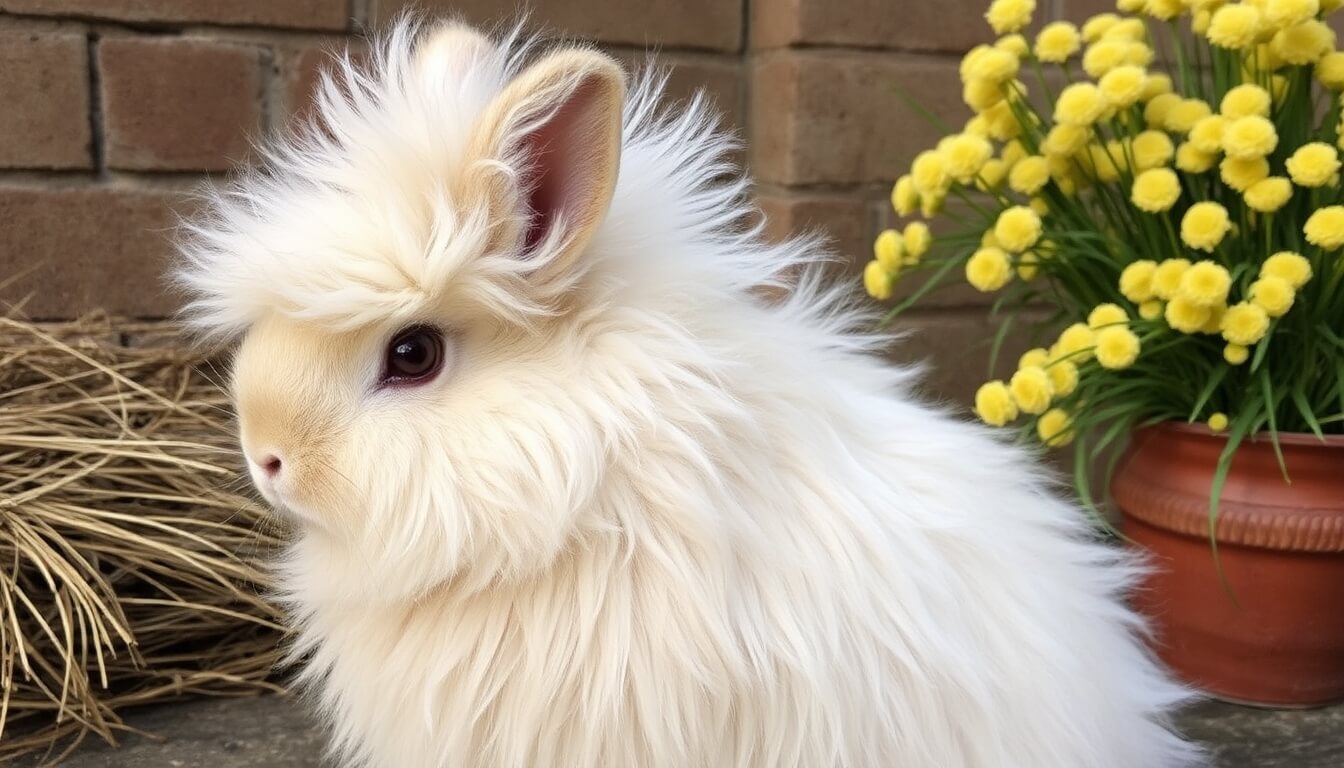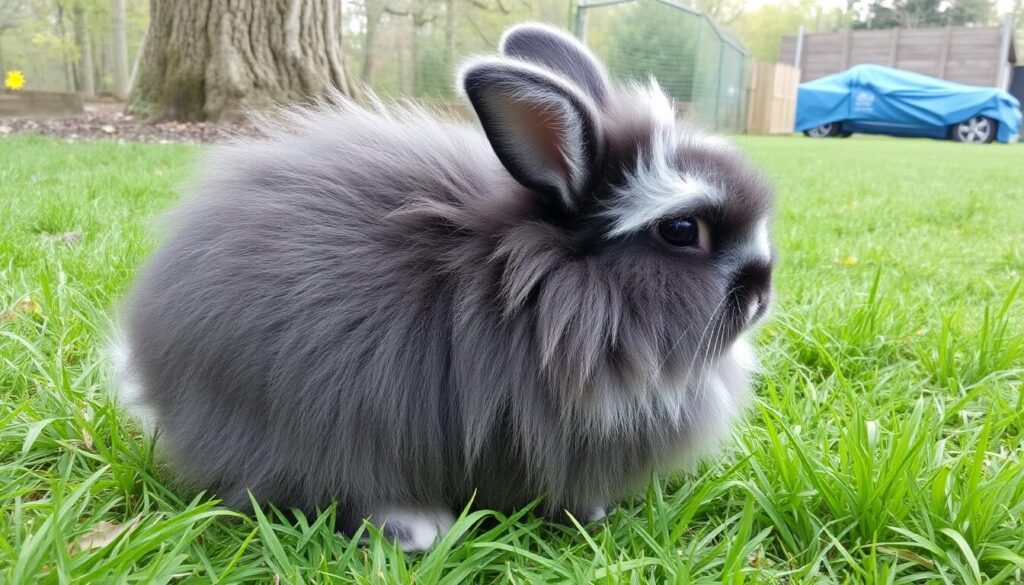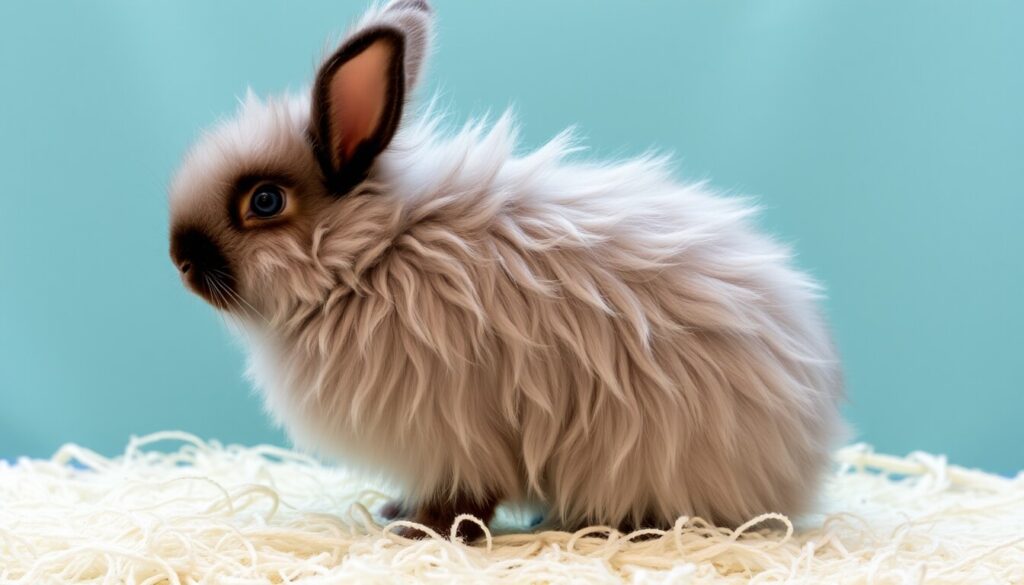Have you ever thought about raising Angora rabbits for profit? Not only are these fluffy little creatures adorable, but they can also provide you with a sustainable income source. Angora wool is prized for its softness and warmth, making it a high-demand luxury fiber. Whether you’re looking for a side business or a full-time venture, raising Angora rabbits could be a rewarding opportunity. In this article, we’ll walk you through all the ins and outs of starting your profitable Angora rabbitry.
What Are Angora Rabbits?
Angora rabbits are known for their long, silky fur, which is used to produce high-quality wool. These rabbits have been bred for centuries for their fleece, and today, they remain a popular choice for fiber artists and textile enthusiasts.
Different Types of Angora Rabbits
Angora rabbits come in various breeds, each with its distinct traits. The most common include:
- English Angora: Known for its dense, soft fur.
- French Angora: Easier to care for due to its lower wool density.
- German Angora: Known for its high wool production.
- Giant Angora: The largest breed, ideal for those who want to maximize wool output.
Why Raise Angora Rabbits for Profit?
High Demand for Angora Wool
Angora wool is considered a luxury item in the textile market. It’s softer and warmer than sheep’s wool, and its hypoallergenic properties make it an attractive option for clothing and accessories. Because of this, there’s always a market for high-quality Angora wool.
Low Startup Costs
Compared to other livestock businesses, raising Angora rabbits requires relatively low startup costs. With just a small investment in quality breeding stock, housing, and supplies, you can begin your rabbitry.
Selecting the Right Breed for Profit
Each Angora breed has its advantages, so choosing the right one depends on your specific goals.
- English Angora: Ideal for high-quality, fine wool.
- French Angora: A good balance between wool production and ease of care.
- German Angora: Known for its exceptional wool yield, making it ideal for commercial production.
- Giant Angora: Great for those looking to maximize wool production.
How to Start Your Angora Rabbit Business
Setting Up Your Rabbitry
Your first step in raising Angora rabbits is setting up a proper rabbitry. You’ll need spacious cages, plenty of ventilation, and easy access to grooming and feeding stations.
Licensing and Legal Requirements
Depending on your location, you may need to meet certain licensing requirements before starting your business. Make sure to review local regulations to ensure you comply with all requirements.
Care Requirements for Angora Rabbits
Housing and Space Needs
Angora rabbits need enough space to move around and stay comfortable. A clean, dry environment is essential to prevent wool contamination and maintain their health.
Feeding and Nutrition
Proper nutrition is key to healthy Angora rabbits. High-quality pellets, hay, and fresh vegetables will provide them with the nutrients they need.
Grooming Angora Rabbits
Angora Rabbits Grooming is perhaps the most important part of Angora rabbit care. Their wool can easily become matted if not regularly brushed. Plan to groom them at least three times a week.
Shearing Angora Rabbits for Wool
Tools You Need
To shear your rabbits, you’ll need specialized tools, such as small animal shears and grooming combs.
Best Times to Shear
Angora rabbits should be sheared every 3 to 4 months. Regular shearing not only ensures high-quality wool but also helps keep the rabbits cool and comfortable.
Maximizing Wool Yield
By feeding your rabbits a nutrient-rich diet and maintaining proper grooming habits, you can maximize the yield and quality of their wool.
Selling Angora Wool
Where to Sell Your Wool
There are several avenues for selling Angora wool, including craft fairs, online marketplaces, and specialty shops. You can also consider partnering with local artisans or fiber collectives.
Setting Prices for Angora Wool
The price of Angora wool varies based on quality, but typically, raw Angora wool can fetch anywhere from $10 to $30 per ounce. Processed wool can sell for even more.
Breeding Angora Rabbits
Breeding for Wool Quality
When breeding Angora rabbits, it’s important to select breeding pairs that will produce high-quality wool. Keep track of the lineage and traits of each rabbit to maintain the best possible fiber production.
Keeping Breeding Records
Accurate breeding records are essential for tracking wool quality and ensuring healthy litter.
Health Concerns for Angora Rabbits
Common Health Issues
Angora rabbits are generally hardy, but they can be prone to wool block, where ingested fur accumulates in their digestive tract. Regular grooming can prevent this.
Preventative Care
Annual vet checkups, proper grooming, and a balanced diet are key to preventing health issues in your Angora rabbits.
Marketing Your Angora Rabbit Business
Building a Brand
To succeed in selling Angora wool, you’ll need to build a recognizable brand. This can include developing a website, creating business cards, and networking with other fiber artists.
Using Social Media and Online Platforms
Social media platforms like Instagram, Facebook, and Etsy can help you reach a wider audience. Sharing photos and stories about your rabbits and wool can create an emotional connection with your customers.
Diversifying Your Rabbitry for More Profit
Selling Rabbit Manure
Rabbit manure is an excellent fertilizer, and many gardeners are willing to pay for it. This is an additional source of income for your business.
Selling Rabbit Meat
While not everyone raises Angoras for meat, some rabbit farmers sell meat to diversify their income streams.
Costs and Profit Margins
Calculating Your Costs
Startup costs typically include purchasing rabbits, cages, feed, and grooming supplies. Ongoing costs like feed and veterinary care should also be factored into your business plan.
Estimating Profit Margins
Profit margins vary depending on wool quality and market demand, but most rabbit farmers can expect to see profits within the first year of operation.
Challenges of Raising Angora Rabbits for Profit
Time Commitment
Raising Angora rabbits requires a significant time commitment, especially regarding grooming and shearing.
Competition in the Market
As with any niche market, there can be competition. However, you can set yourself apart by focusing on high-quality wool and excellent customer service.
Conclusion
Raising Angora rabbits for profit can be a rewarding and profitable venture. You can turn these fluffy creatures into a lucrative business with the right care, attention, and marketing strategies. Whether you’re selling wool, manure, or even rabbit meat, there are numerous ways to make your Angora rabbitry successful.
FAQs
- Can you make money raising Angora rabbits?
Yes, raising Angora rabbits can be profitable by selling their high-quality wool, which is in demand for textiles. - Is it profitable to raise rabbits?
Yes, raising rabbits can be profitable, especially for wool, meat, or manure, depending on the breed and market. - Is rabbit a profitable business?
Yes, a rabbit business can be profitable due to their low maintenance costs and multiple revenue streams, such as wool, meat, and manure. - What is the best rabbit to raise for profit?
The best rabbit for profit depends on the goal, but Angora rabbits are ideal for wool, while New Zealand or Californian rabbits are better for meat. - What are the 3 biggest expenses of owning a rabbit?
The three biggest expenses are housing, food, and veterinary care.






Leave a Reply